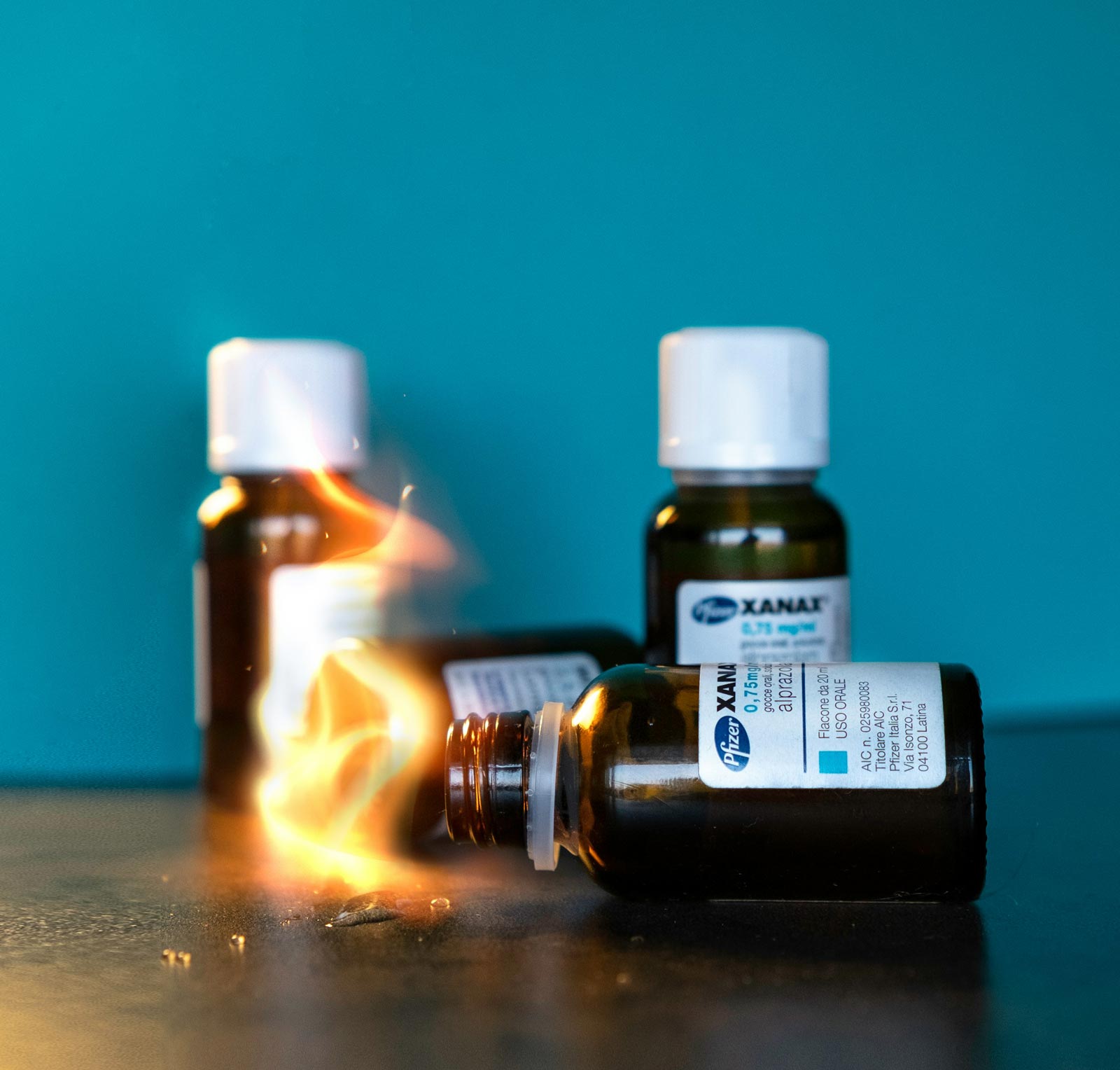Though kratom is well tolerated in general, it’s possible to experience side effects and risks. The side effects may include:
- Dry mouth
- Frequent urination
- Headache
- Itching
- Constipation
- Drowsiness
- Dizziness
- Nausea
- Vomiting
- Mood changes
Some serious side effects may occur, including:[8]
- Heart palpitations
- Insomnia
- High blood pressure
- Loss of libido
- Low appetite
- Memory problems
- Kidney problems
- Liver problems
- Insomnia
- Psychosis
In rare cases, kratom use can lead to overdose with potentially fatal complications. Kratom shouldn’t be mixed with other substances, as unpredictable and dangerous effects may occur.
Is Kratom Detectable in Drug Tests?
Kratom testing isn’t included in most drug tests, so there’s limited research into how long it’s detectable. Some advanced drug tests may look for kratom and its metabolites, but these aren’t common in employment drug screenings or at-home drug tests.
Generally, drug tests have long detection windows. Hair tests can detect drug use for up to 90 days, which may apply to kratom. Saliva tests can detect drug use for several hours to several days, depending on the substance. More advanced tests that look for kratom may have similar detection windows.[9]
Is Kratom Addictive?
Kratom is growing in popularity and hasn’t been well researched, but its opioid- and stimulant-like effects may indicate a potential for abuse or addiction. It’s possible for regular kratom use to cause dependence, leading to withdrawal symptoms. Kratom can cause withdrawal symptoms, which include irritability, anxiety, muscle aches, insomnia, and other symptoms, though it may not be as severe as withdrawal from stronger opioids.
There’s a possibility of psychological addiction as well, which can be difficult to overcome without help. Depending on the extent of the kratom addiction, medical detox followed by a comprehensive addiction treatment program may be necessary to address the underlying causes of addiction and develop healthier behaviors.
Understand the Effects of Kratom
Kratom is currently legal and widely available, but it’s not regulated and may have the potential for serious risks or addiction. More research is needed to determine how long kratom effects last, how different strains affect kratom use, and how addictive and risky this substance may be.



